Geometric models for robust encoding of dynamical information into embryonic patterns
- PMID: 32773041
- PMCID: PMC7470844
- DOI: 10.7554/eLife.55778
Geometric models for robust encoding of dynamical information into embryonic patterns
Abstract
During development, cells gradually assume specialized fates via changes of transcriptional dynamics, sometimes even within the same developmental stage. For anterior-posterior (AP) patterning in metazoans, it has been suggested that the gradual transition from a dynamic genetic regime to a static one is encoded by different transcriptional modules. In that case, the static regime has an essential role in pattern formation in addition to its maintenance function. In this work, we introduce a geometric approach to study such transition. We exhibit two types of genetic regime transitions arising through local or global bifurcations, respectively. We find that the global bifurcation type is more generic, more robust, and better preserves dynamical information. This could parsimoniously explain common features of metazoan segmentation, such as changes of periods leading to waves of gene expressions, 'speed/frequency-gradient' dynamics, and changes of wave patterns. Geometric approaches appear as possible alternatives to gene regulatory networks to understand development.
Keywords: developmental biology; segmentation; short germ insects; somitogenesis; vertebrates.
© 2020, Jutras-Dubé et al.
Conflict of interest statement
LJ, EE, PF No competing interests declared
Figures
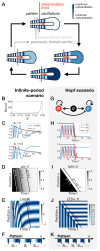


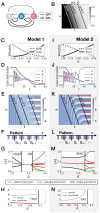
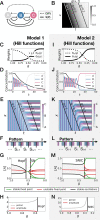

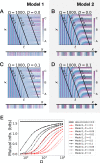

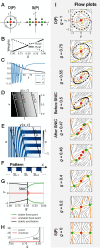



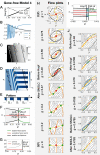



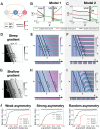
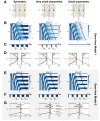
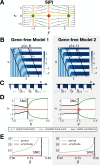



References
Publication types
MeSH terms
Grants and funding
- MMLS/Simons Foundation/International
- CREATE in Complex Dynamics/Natural Sciences and Engineering Research Council of Canada/International
- EL 870/2-1/Deutsche Forschungsgemeinschaft/International
- B2/Fonds de Recherche du Québec - Nature et Technologies/International
- Discovery Grant/Natural Sciences and Engineering Research Council of Canada/International
LinkOut - more resources
Full Text Sources

